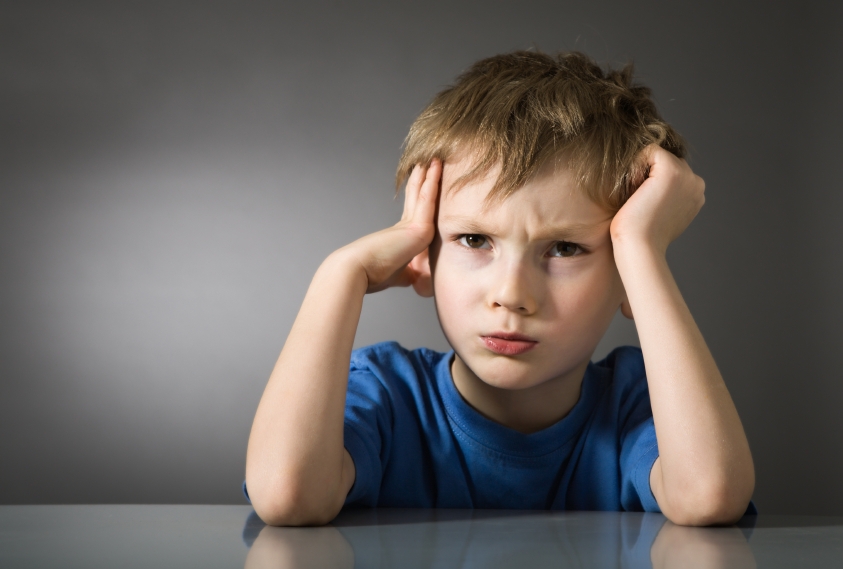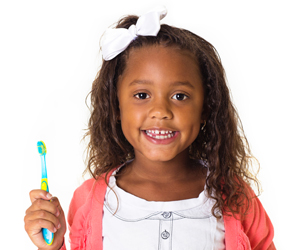Now that spring has sprung, the warmer weather is a sunny incentive for kids to get outdoors and back on their bikes. Bicycling is an excellent way for families to stay fit and have fun together, but please make sure the entire family has proper safety equipment.
Bike accidents result in an estimated half-million injuries each year. According to the American Academy of Pediatrics (AAP), the use of bike helmets could save as many as 450 children each year from injury or death.
Most accidents are the result of a fall. Therefore, it is important children always wear a helmet and other protective gear such as elbow and knee pads.
Leading Causes of Bike Injuries According to the AAP
- not wearing a helmet
- riding a borrowed bike
- riding with more than one child on a bike
- inadequate rider visibility
Encouraging Your Child to Wear a Helmet
Many children do not want to wear a helmet because they think they look “funny” or different. By encouraging other parents in your child’s peer group to buy helmets, you can increase use among your own children. The most effective rule you can institute is, “No helmet, no bike.” It is very important to be consistent when enforcing this rule. Remember, you are a role model; if your children see you wearing a helmet, they are much more likely to do it themselves.
When is Your Child Ready to Go Biking?
The AAP recommends you teach your child not to treat a bike like a toy but as a means of transportation. That means it is subject to the same laws as motor vehicles. A child should not be able to ride a bike until he is able to demonstrate basic competence and good judgment on a bike. Your child might be ready to ride if he is able to:
- stop the bike quickly by using the brake
- start riding without wobbling out of a path one yard wide
- stop and dismount without falling
- ride in a straight line near the curb
Choosing the Right Bike
Choosing the right bike for your child can be challenging. A new bike should be “tried on” for correct fit. With both hands on the handlebar, the child should be able to straddle the center bar of the bike with both feet resting on the ground. Do not buy a bike for your child to “grow into.” A bike that is too big can be dangerous.
Riding with a Child Passenger
If you choose to carry your child as a passenger on a bike you must realize that doing so makes the bike less stable and increases braking time. Your child should be belted into a seat that minimizes the risk of injury from a fall and prevents hands from getting into the spokes. All passengers must wear a helmet. The age at which a child is ready to wear a helmet varies greatly, due to the development of the child’s head and neck muscles. Consult your pediatrician regarding the use of a helmet for any child under age 2. A child under age 1 should never be carried on a bike or in a trailer; the bouncing of the bike can cause brain damage to a small child.
How to Check a Helmet for Propper Fit
- The helmet should be snug all the way around the child’s head and should not wobble when the straps are tightened appropriately.
- The chin strap should be snug and should pull downward when the child opens his mouth.
- The helmet must be straight on top of the head, sitting level with the ground. The helmet should not slip and sit on the back of the head.
- The side straps should come to a “V” just below the earlobe, with the adjuster clips forming the bottom of the “V.”
- The helmet should ride low covering most of the forehead, with room for one to two fingers between the eyebrow and the helmet.
A bike helmet should be approved by the Consumer Product Safety Commission (CPSC). A label with this information can be found inside the helmet. All helmets should be replaced every five years or if they are involved in a crash.
If you’d like to learn more about helmet safety or to check to see if your child’s helmet first properly, make an appointment at Safety Stop by calling 314-454-KIDS or 800-678-KIDS.




Comments